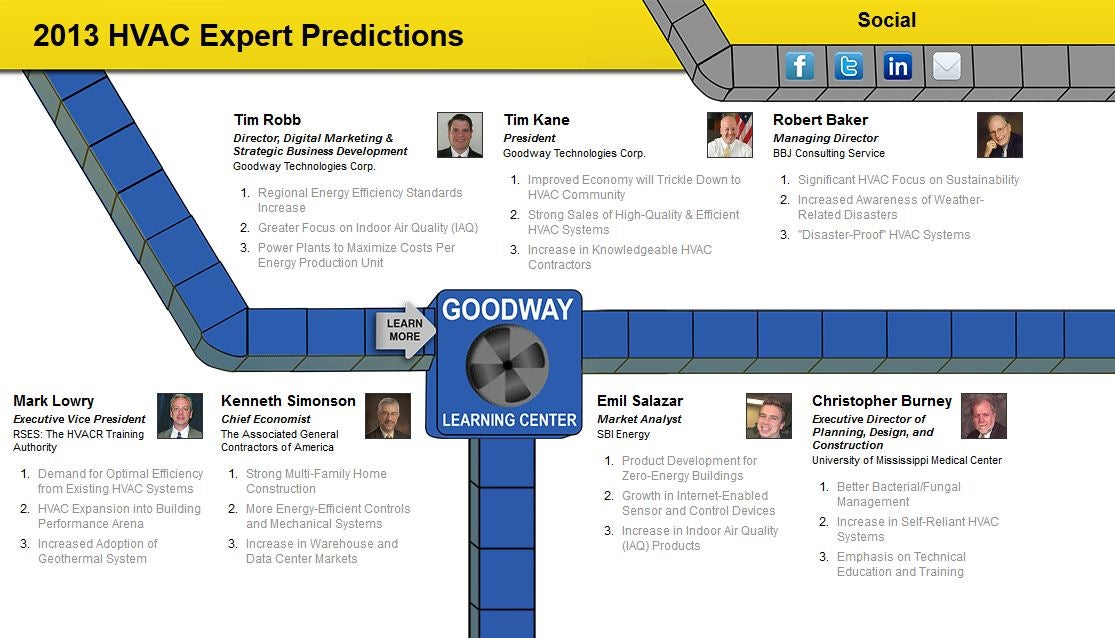The Future Of Home Home Heating - How Heat Pump Innovation Is Developing
The Future Of Home Home Heating - How Heat Pump Innovation Is Developing
Blog Article
Post Created By-Rosenthal Roy
Heatpump will be a vital modern technology for decarbonising home heating. In a circumstance constant with governments' announced power and environment commitments, their worldwide capability doubles by 2030, while their share in heating rises to one-quarter.
They function best in well-insulated homes and count on power, which can be provided from a renewable power grid. Technological developments are making them extra efficient, smarter and less expensive.
Gas Cells
Heatpump utilize a compressor, refrigerant, coils and followers to relocate the air and warm in homes and appliances. They can be powered by solar power or electricity from the grid. They have been obtaining appeal because of their inexpensive, silent procedure and the capacity to generate electrical energy throughout peak power demand.
Some companies, like IdaTech and BG MicroGen, are servicing gas cells for home heating. These microgenerators can replace a gas boiler and generate some of a home's electrical requirements with a connection to the electricity grid for the remainder.
But there are factors to be unconvinced of using hydrogen for home heating, Rosenow says. It would certainly be expensive and inefficient contrasted to other modern technologies, and it would include in carbon discharges.
Smart and Connected Technologies
Smart home modern technology allows property owners to link and manage their tools remotely with using smart device applications. For instance, smart thermostats can learn your home heating preferences and instantly adjust to optimize energy usage. Smart lights systems can be controlled with voice commands and instantly switch off lights when you leave the area, minimizing power waste. And clever plugs can keep track of and manage your electrical usage, allowing you to recognize and limit energy-hungry home appliances.
The tech-savvy family depicted in Carina's meeting is an excellent illustration of just how residents reconfigure room home heating methods in the light of new clever home innovations. They rely upon the tools' automated functions to execute everyday adjustments and concern them as a hassle-free ways of conducting their heating methods. Therefore, they see no reason to adjust their practices better in order to make it possible for flexibility in their home power need, and interventions focusing on doing so may face resistance from these houses.
Electrical energy
Considering that warming homes represent 13% people emissions, a switch to cleaner alternatives can make a huge distinction. But the modern technology encounters challenges: It's costly and requires substantial home remodellings. And it's not always compatible with renewable energy sources, such as solar and wind.
Up until recently, just click the up coming website were also costly to take on gas designs in most markets. Yet new technologies in style and products are making them much more cost effective. And much better cold climate performance is enabling them to function well also in subzero temperatures.
The next action in decarbonising home heating might be the use of warmth networks, which draw heat from a central resource, such as a nearby river or sea inlet, and distribute it to a network of homes or structures. That would reduce carbon emissions and permit houses to take advantage of renewable resource, such as green electrical energy from a grid supplied by renewables. This option would be less expensive than switching to hydrogen, a fossil fuel that needs brand-new facilities and would just lower CO2 emissions by 5 percent if coupled with enhanced home insulation.
Renewable Energy
As electrical power rates drop, we're beginning to see the exact same trend in home heating that has actually driven electric autos right into the mainstream-- yet at an even much faster pace. The strong climate case for electrifying homes has been pushed even more by brand-new research.
Renewables make up a substantial share of modern-day heat usage, yet have been provided restricted plan focus globally contrasted to other end-use sectors-- and also much less attention than electrical energy has. In part, this shows a mix of customer inertia, split rewards and, in many nations, aids for fossil fuels.
New innovations can make the shift much easier. For example, heatpump can be made much more power effective by replacing old R-22 cooling agents with new ones that don't have the high GWPs of their predecessors. Some experts likewise visualize area systems that draw heat from a close-by river or sea inlet, like a Norwegian arm. The warm water can after that be made use of for cooling and heating in an area.